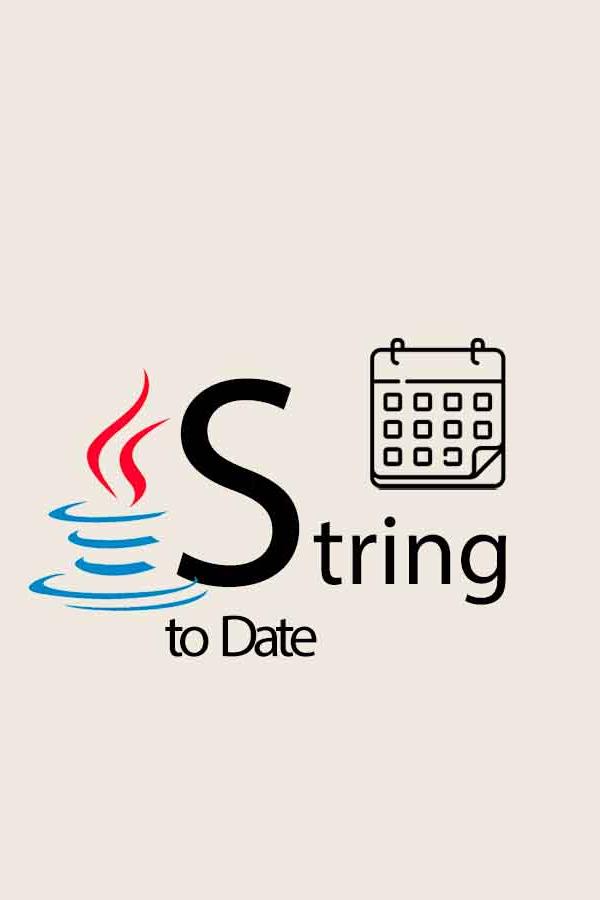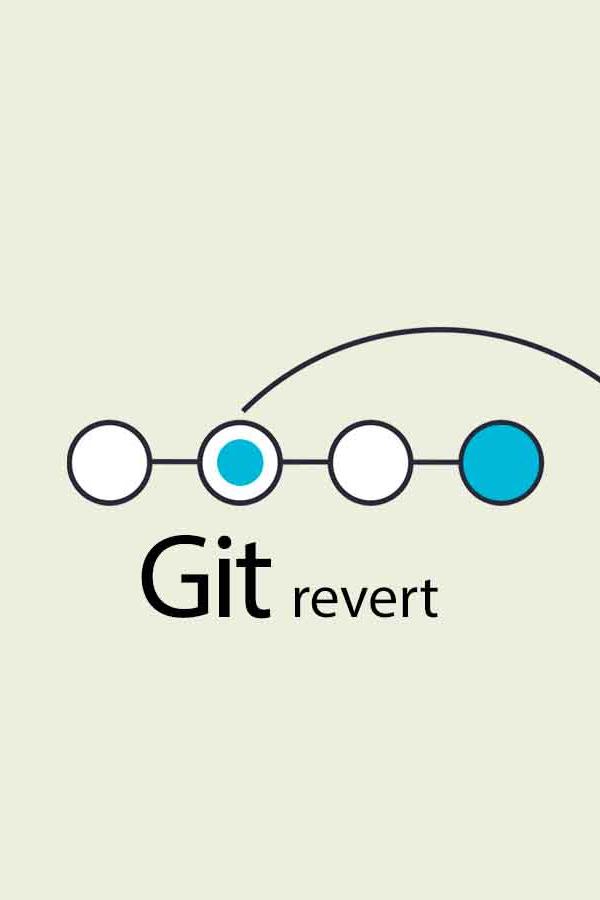Z Garbage Collector: What you should know
6 min readThe Z Garbage Collector (ZGC) is a scalable low latency garbage collector. It designed to handle large heaps with minimal pause times. According to the official documentation, ZGC performs all expensive work concurrently, without stopping the execution of application threads for more than 10ms, which makes is suitable for applications which require low latency and/or use a very large heap up to terabytes.
Why ZGC?
In demanding applications today where immediate response times is required, such as in heavy-duty financial services or performance-critical gaming backends, delays caused by garbage collection, as even milliseconds matter. The larger the heap, the bigger the challenge when longer pauses were introduced to manage memory. ZGC was introduced in Java 11 to address this by aiming to keep pause times low, regardless of heap size, ensuring applications run smoothly without significant stops.
Before ZGC, options like the Garbage-First (G1) collector were the go-to for managing large heaps with predictable pause times. However, G1GC still struggles with scalability and can introduce noticeable pauses as heap size increases. ZGC differentiates itself by not only aiming for pause times of less than 10 milliseconds, but also by maintaining these low pause times at scale, regardless of the heap size. This represents a significant leap forward, making ZGC a compelling choice for applications where performance and scalability are critical.
ZGC terminologies
Colored Pointers:
Colored pointers are a technique used by ZGC to encode metadata directly within object pointers, including information about whether an object is live, relocated, or needs processing.
When we compare this with the way traditional garbage collection works, where objects have to be physically shuffled around in the heap, necessitating a tedious update of all their pointing references, it's clear why those methods could bog down systems with long, drawn-out pauses. ZGC takes a different route by splitting the heap into distinct zones, enabling it to move objects to new spots without disrupting the application's flow. This mechanism sidesteps the need to traverse the entire heap for reference updates, significantly reducing pause times.
Load Barriers:
Load barriers are mechanisms in the ZGC that intercept and potentially adjust memory read operations when needed. When an application thread reads an object reference, the load barrier checks and, if necessary, updates the reference to ensure it points to the correct location. It checks the metadata bits of the reference to ensure the validity (or "good color") of the pointer; If the pointer is found to be invalid (or "bad color"), the load barrier will correct it. This ensures that the application can consistently access the correct object each time the pointer is loaded.
ZGC combines the power of load barriers and colored pointers, in order to achieve concurrent marking and relocating. This allows garbage collection threads and Java threads to work simultaneously without issues.

How ZGC Works?
Garbage Collection in Java involves several phases to efficiently manage memory within the JVM. These phases help in identifying unused objects, reclaiming their memory, and eventually making space for new objects. If you haven't already, take a look at the Garbage Collector introduced in this blog
Let’s zoom in on the areas where ZGC shines.
Region-Based Memory Management
ZGC operates as a non-generational, region-based garbage collection mechanism. It organizes the Java heap into fixed-size segments, with each segment capable of being managed separately. This allows ZGC to concentrate its garbage collection activities on particular segments of the heap, enhancing both scalability and efficiency. By focusing on specific areas, it can perform targeted garbage collections, significantly reducing the necessity for operations that involve the entire heap. This strategy effectively lowers pause durations, optimizing the performance of garbage collection.
Concurrent as much as possible
ZGC performs most of its garbage collection phases concurrently with the execution of application threads. These phases include concurrent marking (identifying live objects), relocating (moving objects), and remapping (updating references). By doing most of the work concurrently, ZGC drastically reduces the need for stop-the-world pauses, ensuring that application pause times remain low, even with large heaps.
Load Barriers and Colored Pointers
ZGC uses sophisticated mechanisms like load barriers and colored pointers to manage access to objects during garbage collection. This allows ZGC to handle memory management tasks without stopping the application, a significant advantage for maintaining low latency.
How to use ZGC?
The Z Garbage Collector is available as an experimental feature experimental feature, and becoming production-ready at Java 15
To enable it, from the command-line add this options:
-XX:+UnlockExperimentalVMOptions -XX:+UseZGC
ZGC Performance Considerations
ZGC is designed to dramatically managing the pause times, making it a robust solution for applications requiring consistent low latency. Performance analysis reveals that ZGC can maintain pause times of under 10 milliseconds across heap sizes ranging from a few gigabytes to several terabytes. As a matter of fact, ZGC supports heap sizes from 8MB to 16TB. This is a significant improvement over traditional garbage collectors, where pause times can increase with the size of the heap. Moreover, ZGC achieves this performance while maintaining competitive throughput, ensuring that applications can process large volumes of data efficiently without frequent interruptions.
In the real world, ZGC's capabilities make it particularly well-suited for demanding applications.
One such example is the High-frequency trading (HFT) systems, where milliseconds can mean the difference between profit and loss. ZGC's low pause times ensure that trading algorithms can execute without unexpected delays.
Another use case is Big data analytics platforms, which manage large datasets and require continuous processing. ZGC's scalability supports the efficient analysis of terabytes of data, facilitating real-time insights.
Limitations and Considerations
While ZGC offers substantial benefits, it may not be the optimal choice for every scenario. For instance:
- Applications with very small heaps might not see significant benefits from ZGC and could experience overhead from its more complex mechanisms compared to simpler garbage collectors.
- Systems where CPU resources are constrained might find the concurrent nature of ZGC to be a drawback, as it requires additional CPU cycles to perform garbage collection in parallel with application threads.
- Legacy systems or applications that do not support the latest Java versions may not be able to leverage ZGC without significant updates.
Summary
In conclusion, the Z Garbage Collector emerges as a revolutionary solution in the Java memory management, specifically designed to tackle the challenges of low latency with scalability. Its architecture, which departs from traditional generational models to a region-based, concurrent approach, enables applications to achieve low latency and high scalability, making it especially beneficial for sectors where performance and response time are critical. It efficiently manages memory, through the innovative use of colored pointers and load barriers, without significant interruptions to application threads while maintaining operational fluency and minimizing latency. It represents a targeted solution for specific high-performance computing environments. Give it a try!


